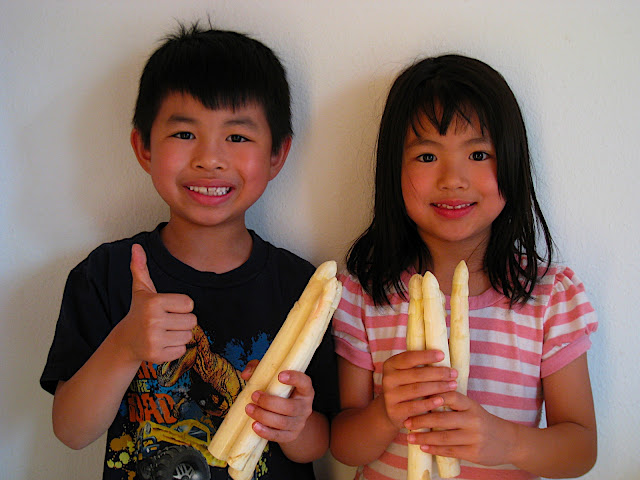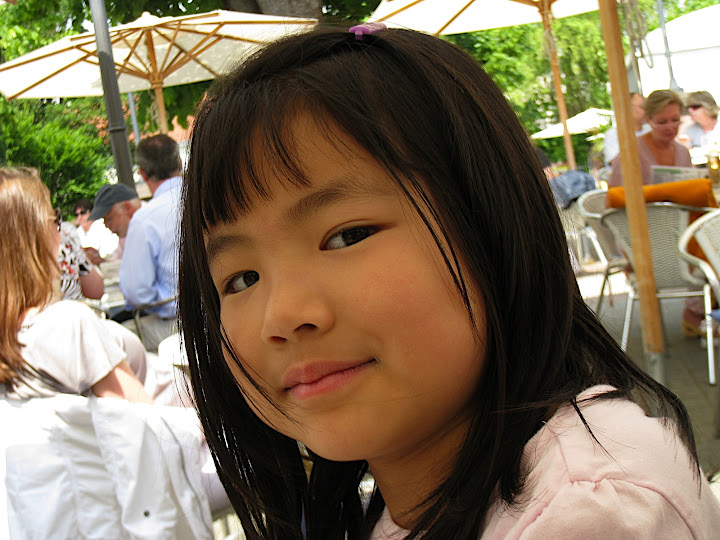We bought a Schönes-Wochenende ("Beautiful Weekend") train ticket, which is valid for unlimited train travel within Germany for a group of up to 5 passengers in a day for 37€. The only restriction is that travel on the fast Inter-City trains is not permitted with this ticket. Even on the slow regional trains, which stop at nearly all the towns along the way, the journey took less than 2.5 hours.
After a quick dim-sum lunch at a restaurant across the train station, we took the U-bahn (subway) to Römer square, the center of the old town. Here are a few pictures of the old town area.




We took the U-Bahn to the Museumsufer ("Museum Embankment") along Main. Here are a couple pictures of the skyscrapers from the nearby Untermain Brücke (the "Over the Main Bridge"). This is the metropolitan enclave in Germany.


We visited Städel Museum on the embankment. It is holding a special exhibition on Michelangelo's work. This exhibition shows works that are believed to be genuine work by Michelangelo himself, alongside those by his pupils and other copiers. One could never positively identify Michelanglo's works because he didn't sign them. Thus, experts could only provide educated guesses. I suppose it is pretty risky to buy Michelangelo's work (even if you can afford it), as you can never be assured of its authenticity.
We strolled around this museum for some time before walking to the Willy-Brandt-Platz where the European Central Bank is. We walked along Main, and there were stages for aspiring musicians to perform, stalls selling (authentic) Frankfurter sausages, and beer stalls where you can get a few pints. All of these are for the opening day of the week-long Turnfest, the Gymnastic Festival (...hmm...what do the last two have to do with gymnastics?)
Here are two pictures of the kids and the ECB building taken at the plaza before we returned to the train station for the journey back to Karlsruhe.












































